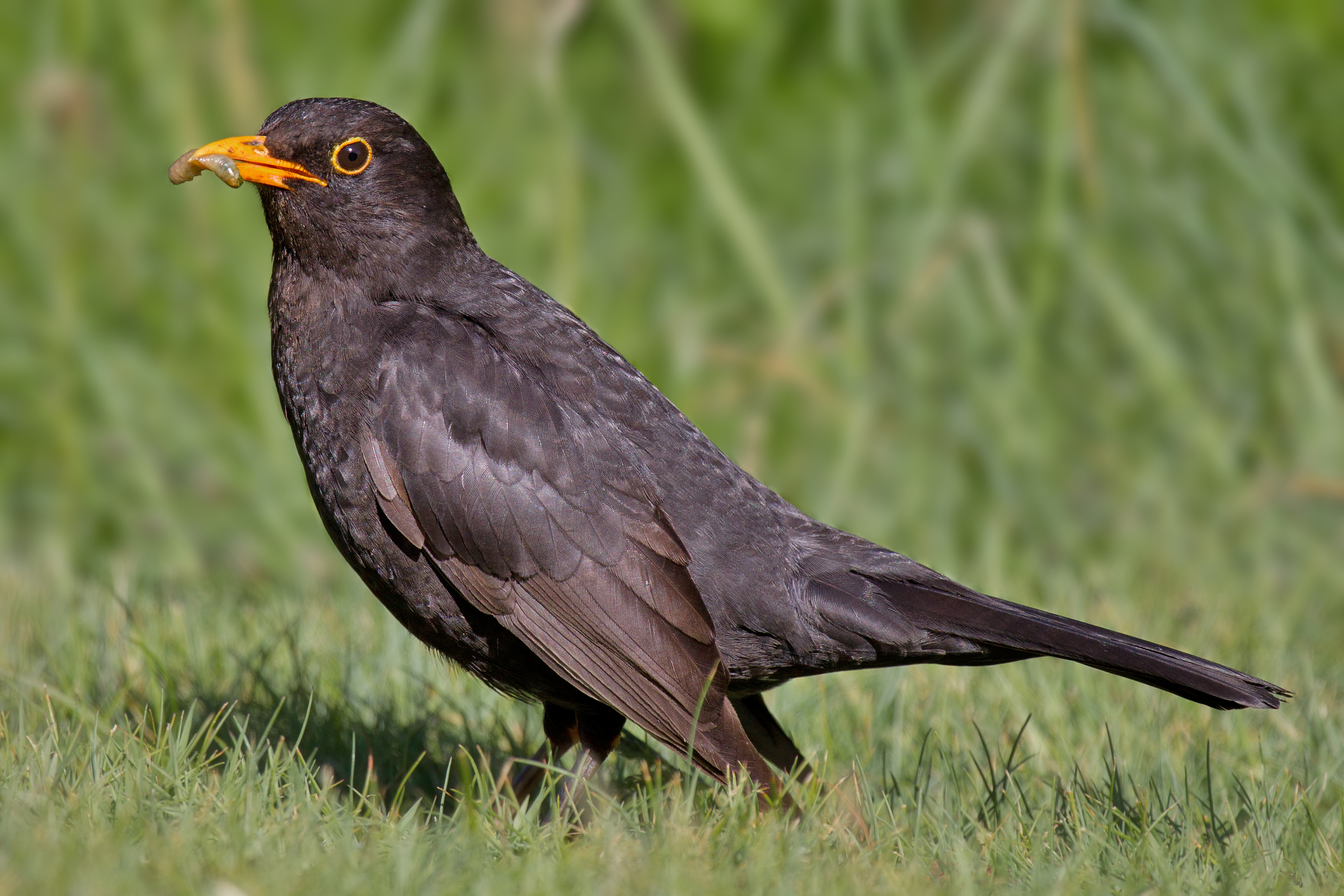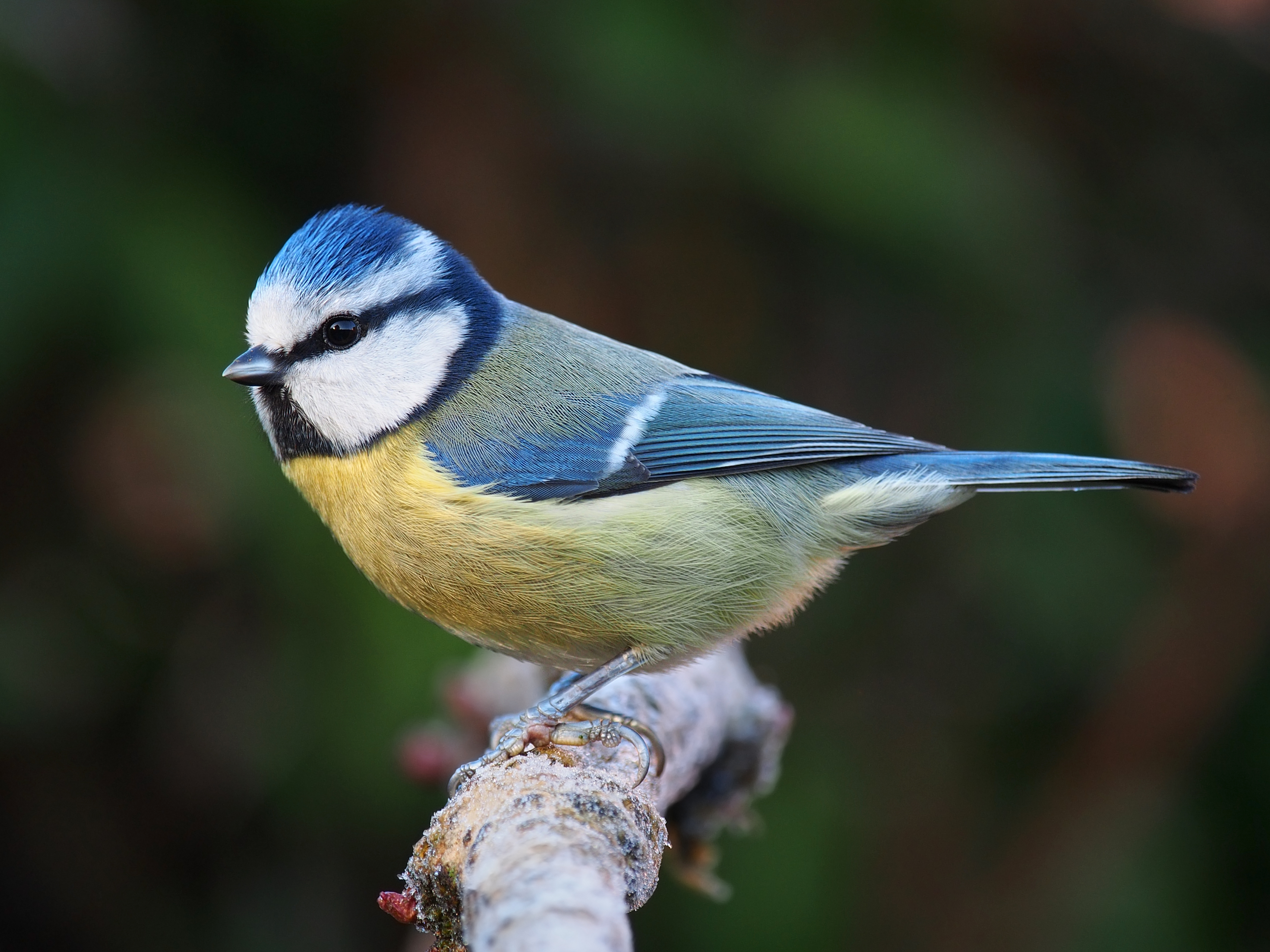"Smartast bland mesar" (Smartest of tits) is a book by Anders Brodin, a professor of biology at the university of Lund in Sweden. The book is a popularized account of Brodin´s and others´ research into the cognitive abilities of birds, with special emphasis on the Great Tit (Parus major). It does come across as a rambling college lecture at times, with the author talking about...well, everything really...but somewhere in there, he does tell us a lot about the ostensible topic of the exercise. The Great Tit, remember?
Weirdly, the tits (Paridae) are considered to be among the smartest of birds, up there with parrots and corvids. They even have *some* cognitive abilities on par with chimpanzees! This is something of a mystery, since tits are small songbirds with dimunitive brain volumes. Among the tits, the Great Tit stands out as particularly clever - and particularly annoying. Thank god I don´t live in a tit-infested neighborhood, it seems pretty taxing.
One thing I liked about the book is that Brodin doesn´t sound particularly dogmatic, he never tries to tell the reader "what Science actually says about Reality" or expound on the "the party line". Instead, he is willing to admit that there might be differences between how tits act in nature and how they come across during weird scientific experiments set up by humans. Also, tests of cognitive abilities tend to be human-centered, such as the "mirror recognition test". Great Tits habitually fail them, despite being smart in many other ways. And while Brodin seems fairly securely anchored in Neo-Darwinism, he is brave enough to admit that perhaps there might be some evidence for group selection, or at least against kin selection, although it seems unlikely.
Perhaps this is trivial (isn´t this how a scientist *should* sound like?), but after reading tons of cock sure symbola in other science books, "Smartast bland mesar" does feel like a breath of fresh air. Brodin is particularly fascinated by a British amateur researcher, Len Howard, author of "Birds as individuals". It seems Howard was a typical British excentric, who let Great Tits (and other birds) practically live inside her house, and she was constantly surrounded by them as she walked down the street in her home town. Several reports of Great Tit behavior in Howard´s book are apparently unique.
Brodin ends by pointing out that the recent revolution in DNA testing has created havoc in the evolutionary tree of birds. The world´s smallest corvid, Hume´s Ground Jay, has turned out to be the world´s largest tit. (That´s actually quite funny. And yes, I´ve mentioned it before on this blog.) The genus Parus has been split into at least five new genera. More annoyingly still, the very species Parus major has been split into at least three new species, while the Blue Tit has been split into five by some over-enthusiastic researchers. The "phylogenetic species concept" is obviously problematic to the bird-watcher, since many of the new "species" can´t be told apart, except by looking at their genes in a laboratory! Brodin seems skeptical of this new wave - are Japanese Great Tits ("Parus minor") really that different from good´ ol Parus major in Europe?
I´ll end with a fun fact. Well, not really. A Canadian colleague of Brodin had to refer to the Great Tits as "Great Tots" in an e-mail correspondence, the reason being a very strict policy against sexist language at the particular Canadian university were he was residing. It seems wokeness is everywhere! I had the same problem at Amazon.com when I mentioned Great Tits and Blue Tits in a customer review years ago (it took weeks before the review appeared), although I suppose Amazon at the time where simply trying to stop obscene language in general, rather than virtue-signalling. (Their Frank Zappa pages are apparently under constant extra surveillence.)
But I´m digressing...
"Smartast bland mesar" is recommended lite reading if you´re first language in Swedish, and you have some kind of interest in whatever is flying around your house in Euro-suburbia on early mornings.


.jpg)

